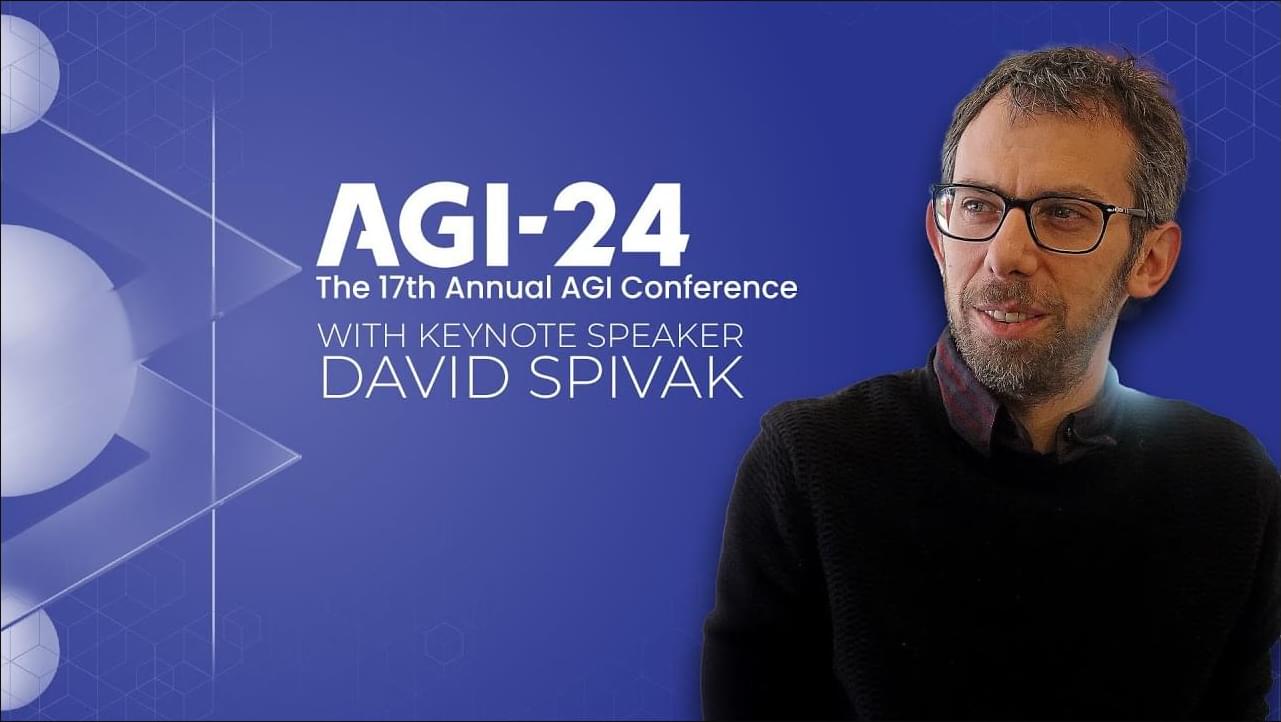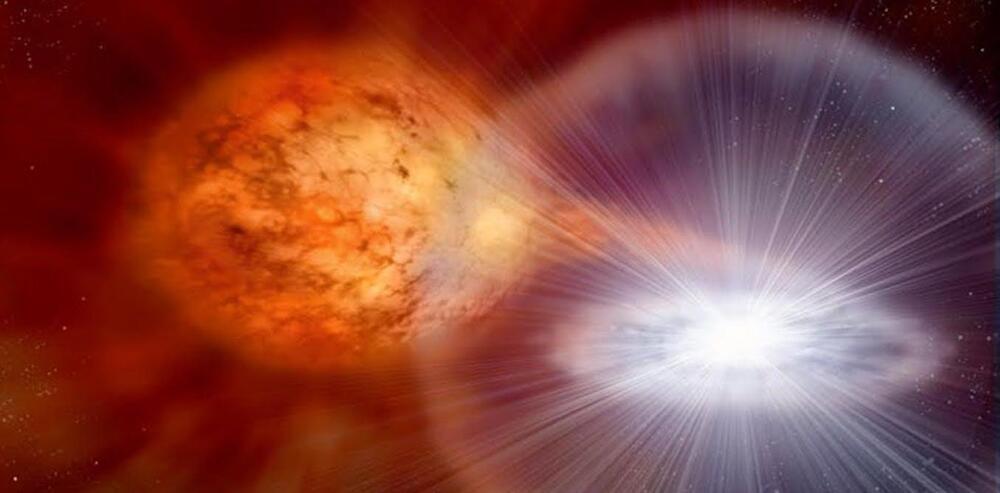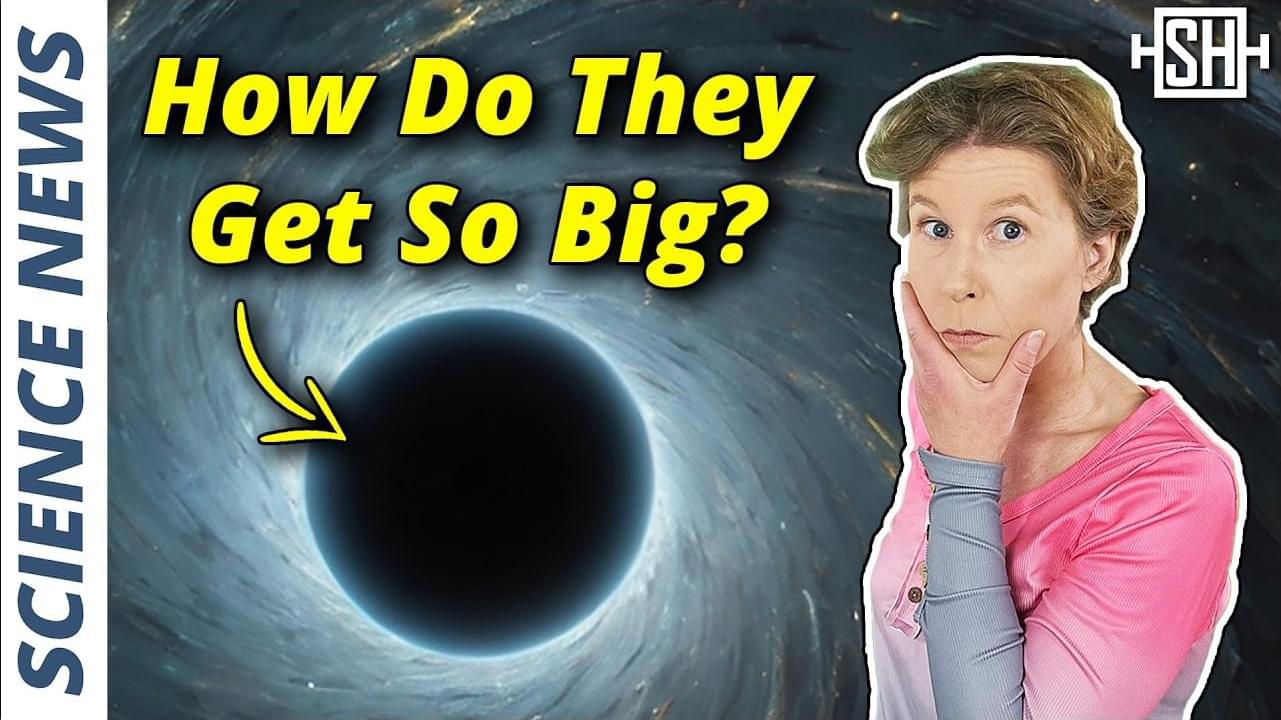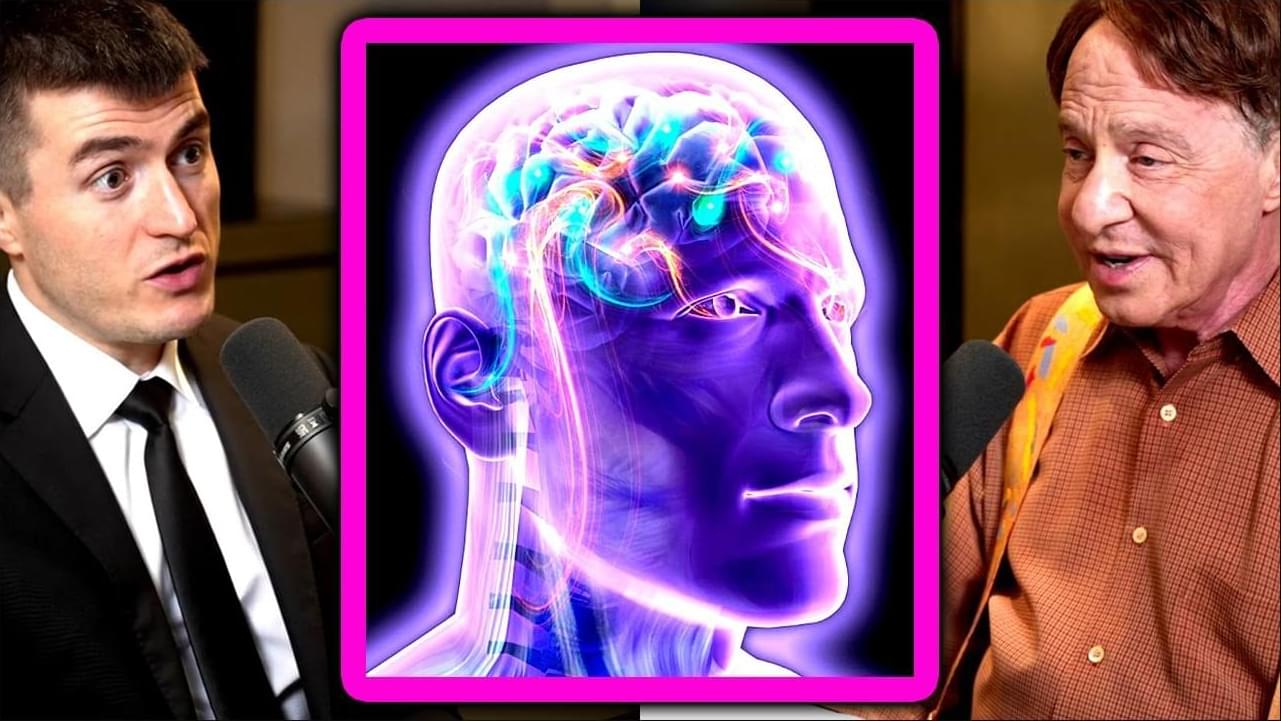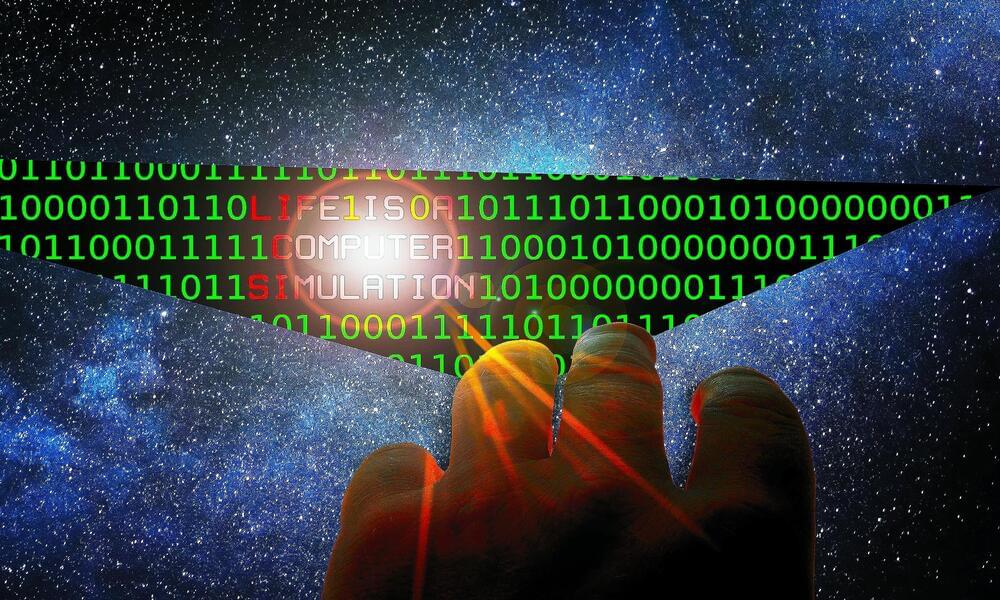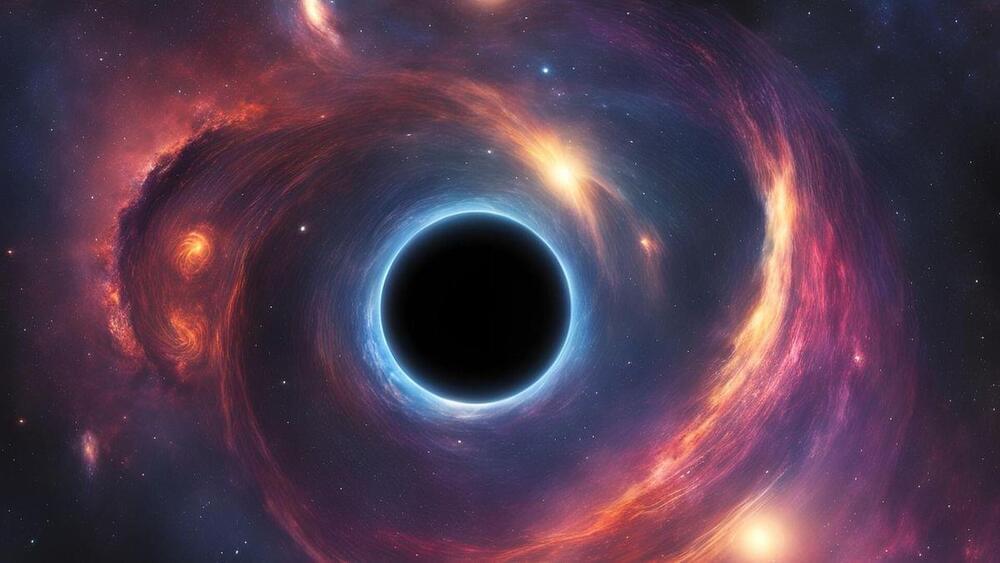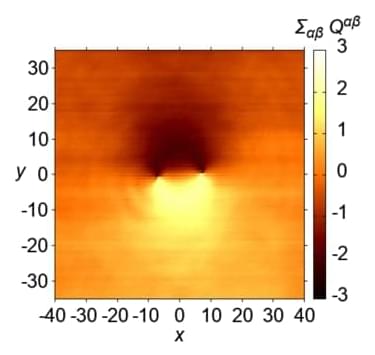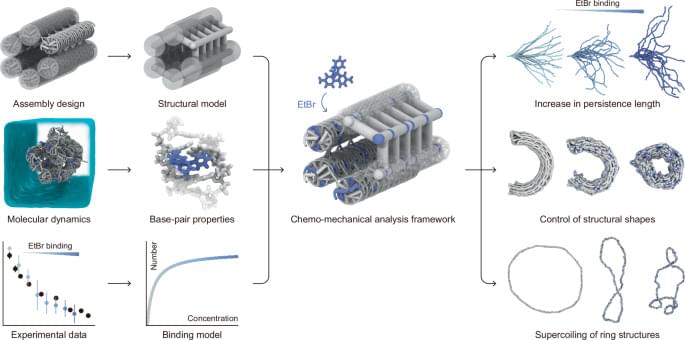Aug 1, 2024
David Spivak: Pioneering Math for Understanding Reality | AGI-24 Keynote Preview
Posted by Dan Breeden in categories: biotech/medical, chemistry, finance, mathematics, robotics/AI, singularity
Mathematics application to a new understanding thd world and life and information.
Dr. David Spivak introduces himself as a keynote speaker at the 17th Annual Artificial General Intelligence Conference in Seattle and shares his lifelong passion for math. He discusses his journey from feeling insecure about the world as a child, to grounding his understanding in mathematics.
